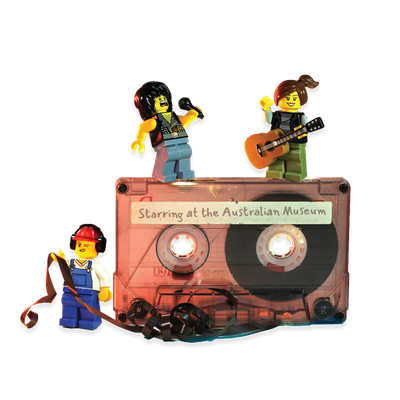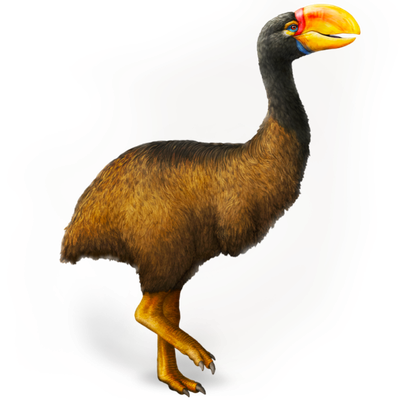Your search returned 20 results
By Page Type
By Tag
- All
- fish (966)
- blog (696)
- fishes of sydney harbour (401)
- First Nations (299)
- Blog (236)
- AMRI (169)
- archives (164)
- Eureka Prizes (146)
- Aboriginal and Torres Strait Islander (135)
- insect (126)
- Ichthyology (124)
- geoscience (109)
- minerals (102)
- climate change (100)
- podcast (94)
- Fish (91)
- Anthropology (89)
- International collections (80)
- Minerals Gallery (78)
- wildlife of sydney (78)
- Labridae (77)
- frog (74)
- gemstone (70)
- history (64)
- photography (64)
- Mollusca (60)
- gem (59)
- staff (59)
- Birds (56)
- Gems (56)
- Indonesia (56)
- education (56)
- shark (55)
- AMplify (54)
- people (53)
- earth sciences (50)
- past exhibitions (50)
- exhibition (49)
- Gobiidae (48)
- sustainability (46)
- Pomacentridae (45)
- Serranidae (44)
- lifelong learning (42)
- science (42)
- Earth and Environmental Science (41)
- Syngnathidae (41)
- Ancient Egypt (40)
- Bali (40)
- bird (40)
- dangerous australians (40)
-
Australian Funnel-web Spiders
https://australian.museum/learn/animals/spiders/funnel-web-spiders-group/Funnel-web spiders, the most notorious members of our spider fauna, are found in eastern Australia.
-
Silk: the spider's success story
https://australian.museum/learn/animals/spiders/silk-the-spiders-success-story/Spiders use silk for many purposes - to protect their young, catch food, make homes and move around.
-
Sydney Brown Trapdoor Spider
https://australian.museum/learn/animals/spiders/sydney-brown-trapdoor-spider/Sydney Brown Trapdoor Spider, Arbanitis villosus
-
Wolf Spiders
https://australian.museum/learn/animals/spiders/wolf-spiders/Wolf Spiders are found throughout Australia. They are robust, agile hunters that live on the ground in leaf litter or burrows. They are often found in lawns and gardens.
-
Golden Orb Weaving Spiders
https://australian.museum/learn/animals/spiders/golden-orb-weaving-spiders/The Golden Orb Weaving Spiders build large, strong orb webs with a golden sheen.
-
Learn how to classify spiders
https://australian.museum/learn/teachers/learning/spider-classification/What's the difference between a burrower, weaver and hunter? Sort pictures of spiders into these three groups and investigate the differences between spider species.
-
Leaf litter dichotomous key
https://australian.museum/learn/teachers/learning/invertebrate-dichotomous-key/Go exploring through your local leaf litter and use this dichotomous key to identify invertebrates you find!
-
Net-casting Spiders
https://australian.museum/learn/animals/spiders/net-casting-spiders/Net-casting Spiders have a unique way of catching their prey. They make a small web in the form of a net held by the front legs that can be stretched out wide to envelop an unwary insect passing by.
-
Magnificent Spider
https://australian.museum/learn/animals/spiders/magnificent-spider/The Magnificent Spider, as one of the Bolas spider group, has evolved a highly sophisticated way of capturing prey using a single line of sticky silk to capture moths.
-
Newcastle Funnel-web Spider, Atrax christenseni
https://australian.museum/learn/animals/spiders/newcastle-funnel-web-spider-atrax-christenseni/Newcastle Funnel-webs are shiny, dark brown to black spiders with finger-like spinnerets (silk-spinning organs) at the end of their abdomen.
-
Discover more
2025 Australian Geographic Nature Photographer of the Year
Special exhibition
Free entry
Now open -
Discover more
Unfinished Business
Special exhibition
Free entry
Now open -
Find out more
Surviving Australia
Permanent exhibition
Free entry
Now open![]()
-
Find out more
Burra
Permanent kids learning space
Free entry
10am - 4.30pm![]()
-
Discover more
Minerals
Permanent exhibition
Free entry
Open daily![]()





